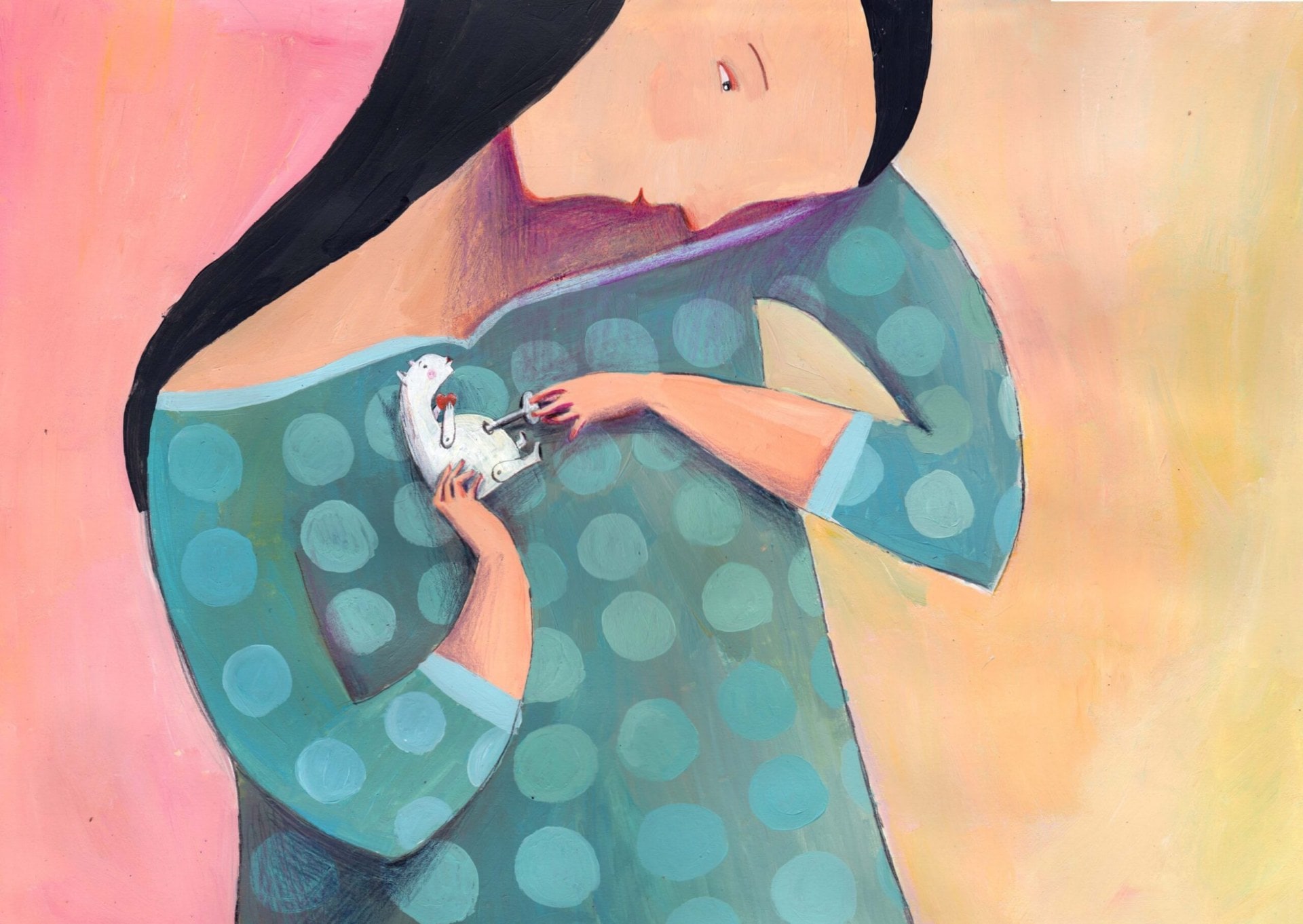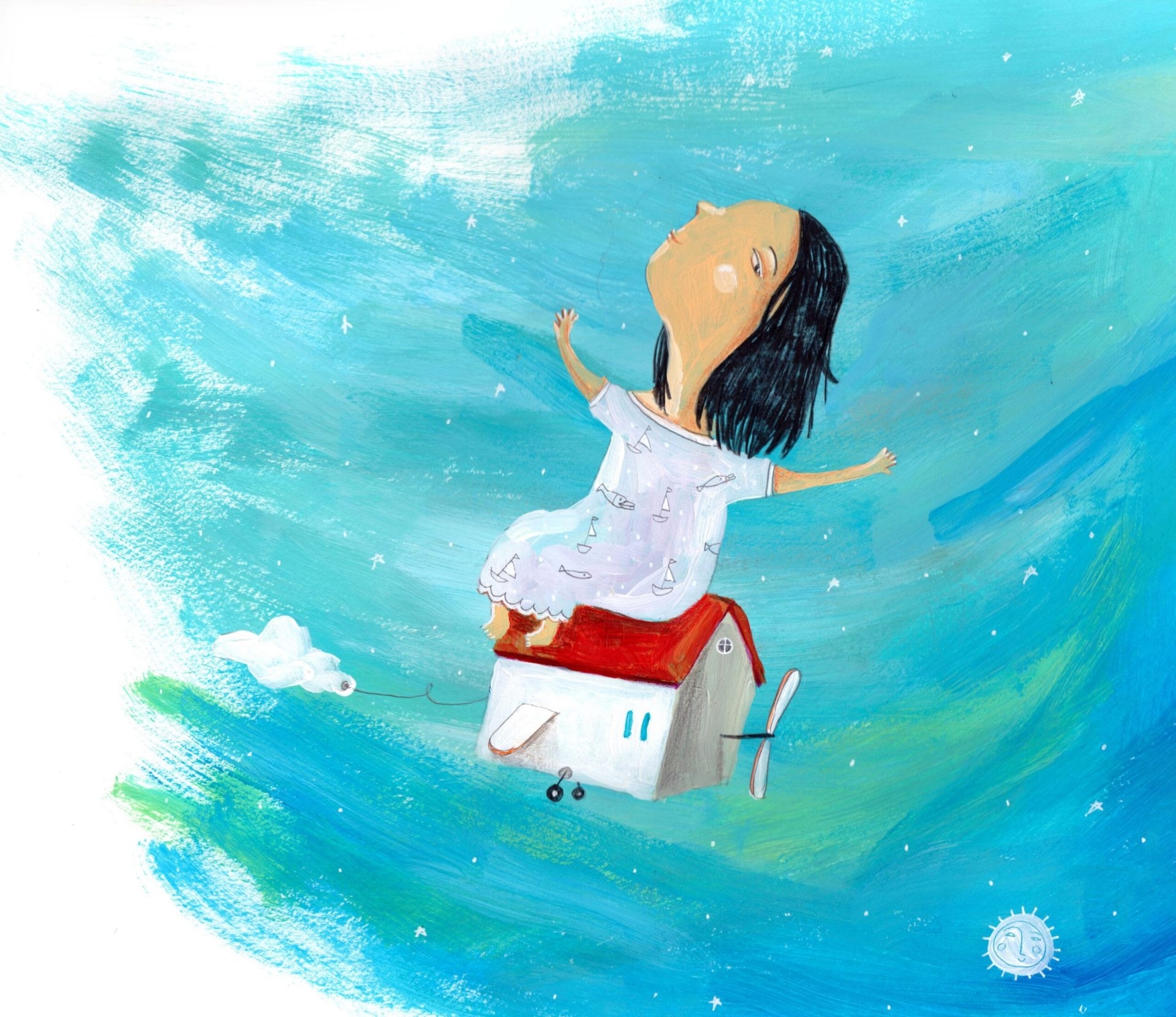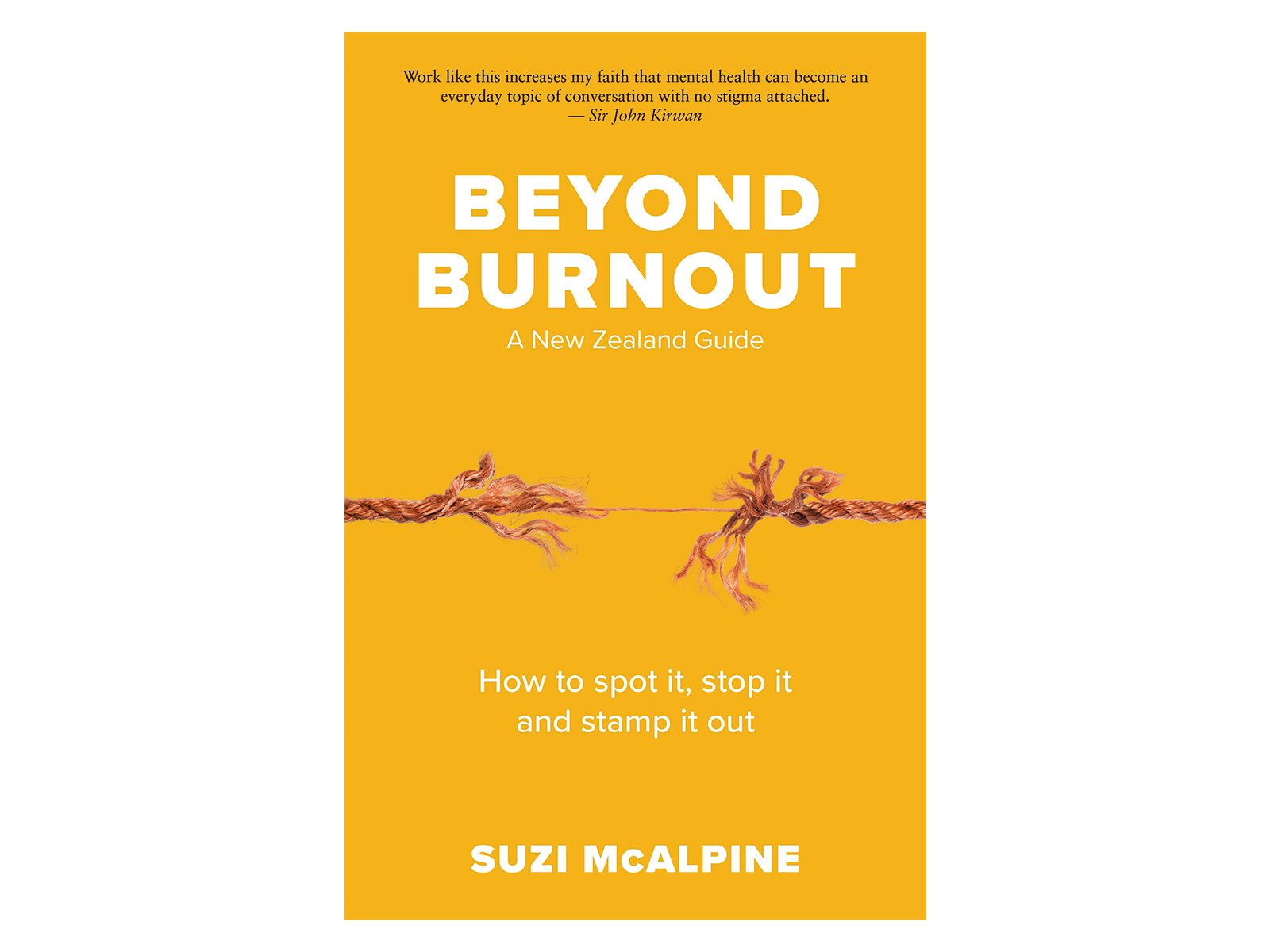Exhausted and completely fed up with work? Don’t blame yourself – the chances are it’s your workplace that’s at fault, author and burnout expert Suzi McAlpine tells Jessica-Belle Greer.
An unlucky 13 years ago, Suzi McAlpine was a senior executive in the New Zealand division of one of the world’s largest human resources consulting firms, when a moment on the school run shocked her. Stopping outside the school gates, a trembling voice asked, “Mummy… can I please have a hug?”
“No! I don’t have time,” was her reply, as she slammed the door and raced off to work.
A few minutes later, Suzi pulled over to the side of the road, because she was sobbing so much she couldn’t see the traffic. Normally a warm and affectionate person, the mother of three had become so numb she wasn’t able to hug her eldest son. Although she had observed the experiences of many burnt-out workers through her career, this was the first time she had felt the very personal face of it.
“To this day, the look of my son’s eyes in the rear-view mirror haunts me,” writes Suzi in Beyond Burnout. “With hindsight, I know I was in the thick of it. I was exhibiting one of the key signs of burnout – emotional distance and depersonalisation.”
Suzi’s tone is much lighter today, as she talks from her Nelson home, looking up through the trees on Botanical Hill. Since what she calls her “Nicholas-no-hug” moment, she has recovered from burnout and gone on to build her own business as an executive coach and international speaker, as well as author of The Leader’s Digest blog.
What “ignited” her to write her first book was noticing how the conversations (and the many books piling up on her bedside table) about burnout focused on the individual, when organisational and environmental factors are at the centre of the crisis.
Her practical guide offers four strategies to tackle burnout from the top down: recognise, destigmatise, socialise and organise. “When you look at the causes of burnout, they sit squarely in the leadership and organisational realm,” she says. “I wanted to bring a different lens, a leadership lens to the conversations around burnout.”

Red flags
Burnout was officially named by psychologist Herbert Freudenberger in 1974, although hints are found throughout time, including in Shakespeare’s writing. As defined in Suzi’s book, burnout is a state of emotional, physical and mental exhaustion caused by excessive and prolonged stress related to your professional life. “We use the word burnout a lot, but I think there’s still a real need to educate people about its symptoms, its causes and, in particular, what leaders can do to address it,” she says.
Suzi has identified three red flags for burnout – chronic exhaustion, cynicism or depersonalisation, and a reduced sense of accomplishment or professional efficacy.
While certain professions, including medicine and teaching, and certain personalities, such as high performers, can be more at risk – burnout can happen to anyone. It seeps into the psyche of many organisations. Social enterprise CoGo’s 2020 Workplace Wellbeing Survey found 61 percent of respondents from the Australasian workforce showed signs of the main red flag, exhaustion.
Burnout is bad for businesses – it’s the cause of lost productivity, absenteeism, presenteeism (spending long hours in the office, without necessarily being more productive) and poor employee engagement. In 2018, research company Gallup estimated that one million workers are absent every day globally due to stress, causing losses for larger companies of more than US$3.5 million per company per year.
It’s also a massive cause of health problems. Burnout can increase the risk of type 2 diabetes, coronary heart disease and high cholesterol, according to the O.C. Tanner 2020 Global Culture Report.
It’s said to add up to US$190 billion to American health spending annually.
So what are the causes of this common, costly problem that causes so much suffering?
“Overwork is the obvious one,” says Suzi. “But there are five others – insufficient reward, isolation, an absence of fairness, a conflict or mismatch of values between the individual and the organisation, and lack of control.”
It’s important that people aren’t made to feel ashamed about suffering from burnout, as this stops them from seeking help. The CoGo study showed that symptoms of exhaustion and isolation were lower for workers who could talk to someone in a leadership or HR position, who believed their direct manager genuinely cared, and could be open about stress and mental wellbeing without fear of negative consequences.
Feelings of isolation make burnout worse.
“Most of the time, what causes isolation in organisations is when people feel ostracised or there’s microaggressions or excessive politics… even conflict that’s not managed,” explains Suzi. “It’s really important that leaders create psychological safety and trust within their team because that can go a long way to buffer that sense of isolation that people feel in our organisations.”
Fostering connections, creating trusting environments and encouraging more meaningful and safe communication should be a top priority for organisations.
“If you have really poor leadership practices, it doesn’t matter how many resilience courses or how much yoga you do,” says Suzi. “I think leaders need to be really purposeful about building social connection. It can be as simple as having, ‘how are we going’ conversations as well as ‘what are we doing’ conversations in workplaces.”
The organisation and prioritisation of workloads are also crucial, but Suzi offers a word of caution, saying that if employees are still overloaded or being asked to do the work without the resources to do it, things won’t improve.
Technology can make things worse.
“If you have a leader who is consistently sending out emails in the evenings and outside work hours, they often underestimate the shadow they cast.”
Covid-19 has affected how we work in many ways, including intensifying a sense of isolation and lack of control. The same goes for the rise of international teams and freelance and part-time contracts. Early indicators, including a survey by workplace community app Blind, showed an increase in burnout post-Covid-19.
However, Suzi says the pandemic has not had as much impact on burnout as more entrenched sources of stress, such as bullying and harassment, discrimination and unrealistically high workloads.
“We can’t blame Covid-19 for all our burnout woes. It was there beforehand, but I think it has exacerbated some of those causes.” Something good that has come out of all this, she adds, is organisations becoming more aware of the importance of employees’ mental health, and workers realising the need to set boundaries.

Do we work too much?
While New Zealanders may seem laidback, we are hard workers. In the Better Life Index, New Zealand had the ninth-highest percentage of employees working more than 50 hours per week (14 percent). This is alarming, given Suzi says working over 50 hours a week significantly decreases productivity.
It’s clear to Suzi that in our culture of busyness more people are suffering from burnout than ever before. “I think one of the mental models held in so many people’s minds … is that work is inherently good and rest is inherently bad. We need to change that conversation a little bit,” she says.
Suzi is taking her own advice and trying to put her health and relationships first this year. She’s finished creating The Leader’s Map, a leadership programme for organisations’ emerging leaders, and wants to spend more time on meditation and fitness. “I’d like to work a little less, but have bigger impact,” she says. “Really making sure that I’m enjoying my life.”
Meanwhile, her children have moved on from their school-run days unscathed. Her eldest of three, Nicholas, is attending university in Canterbury. “I don’t think I’ve done too bad a job,” says Suzi.
Recognising burnout
Suzi’s book explains that someone suffering from burnout is likely to demonstrate a combinations of these signs:
- A chronic, debilitating and relentless exhaustion that won’t go away.
- Cynicism and depersonalisation – you find no joy, when you once delighted in the work you were doing. Pessimism, irritability and mistrust dominate.
- An increasing feeling of not accomplishing anything worthwhile at work. This can be soul-destroying if you are used to achieving or are passionate about the work you do, Suzi says.










